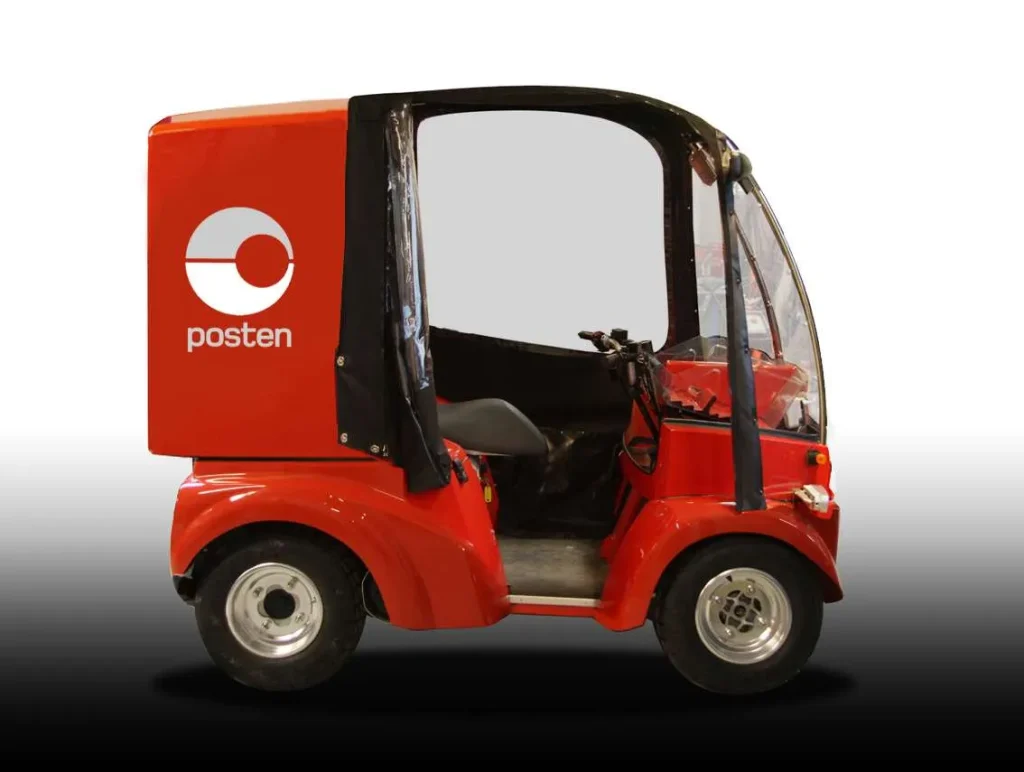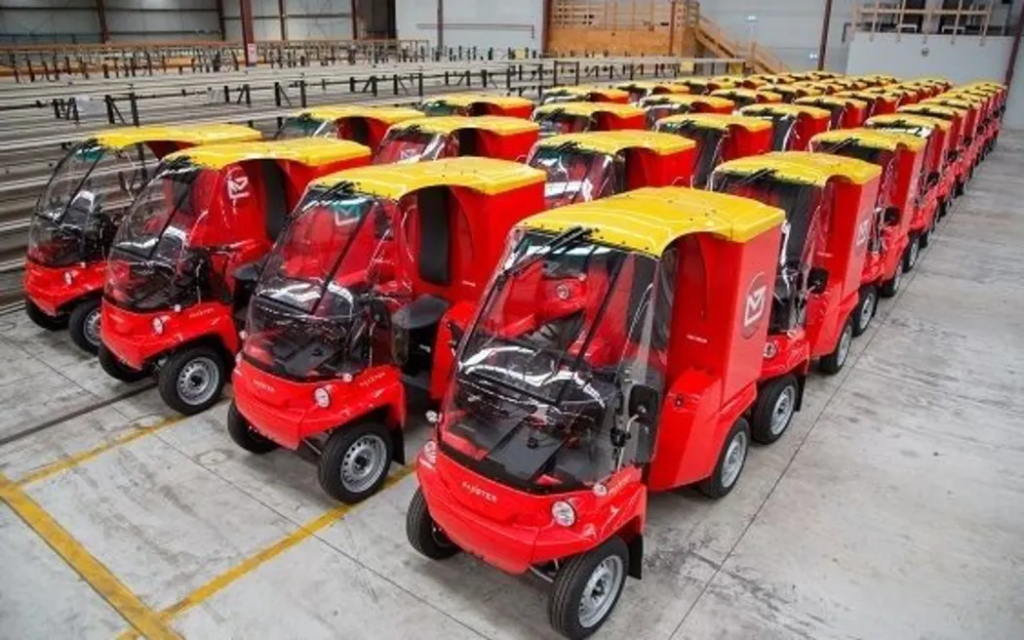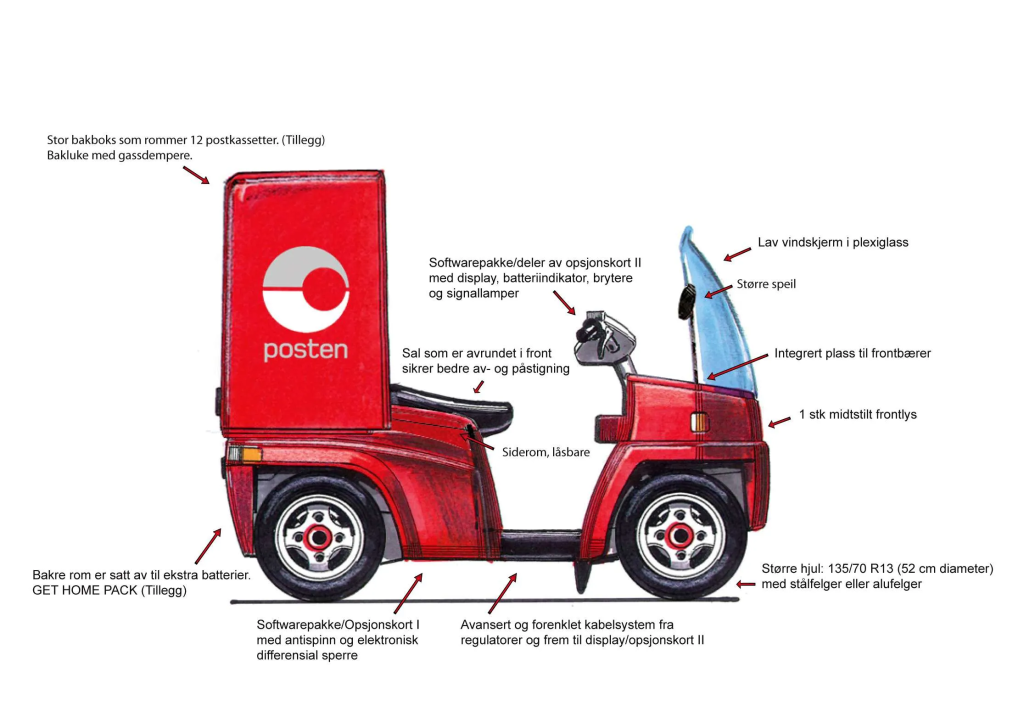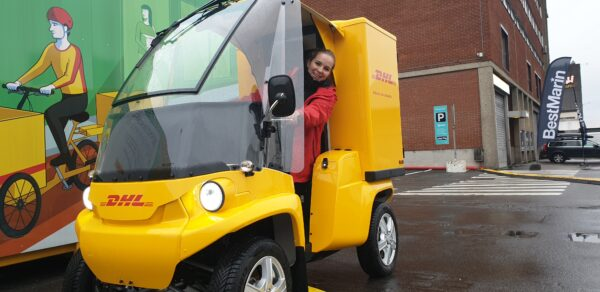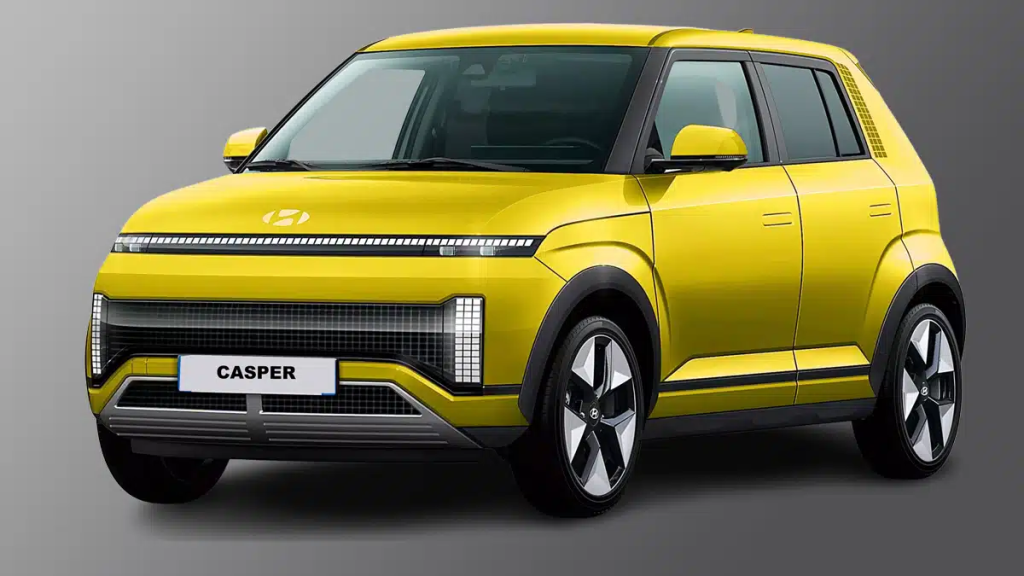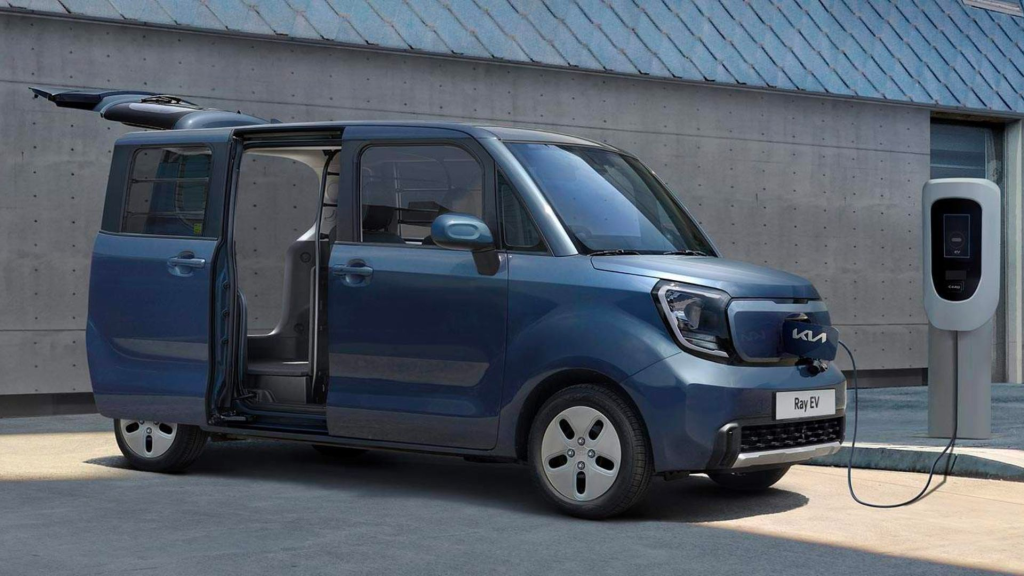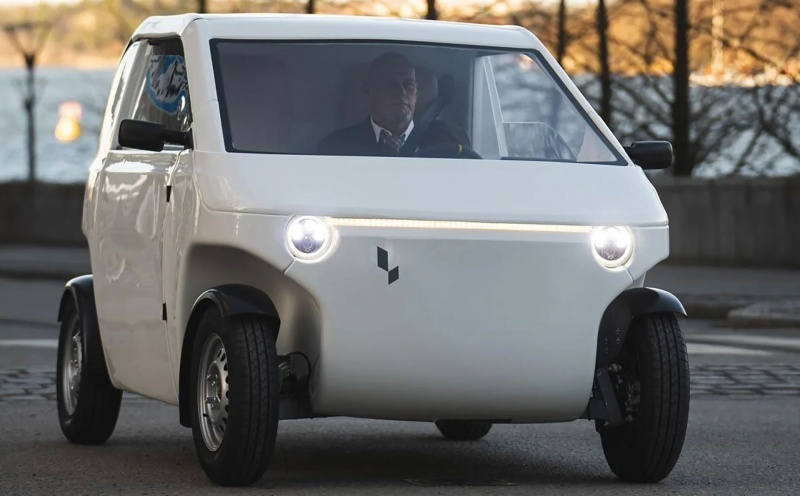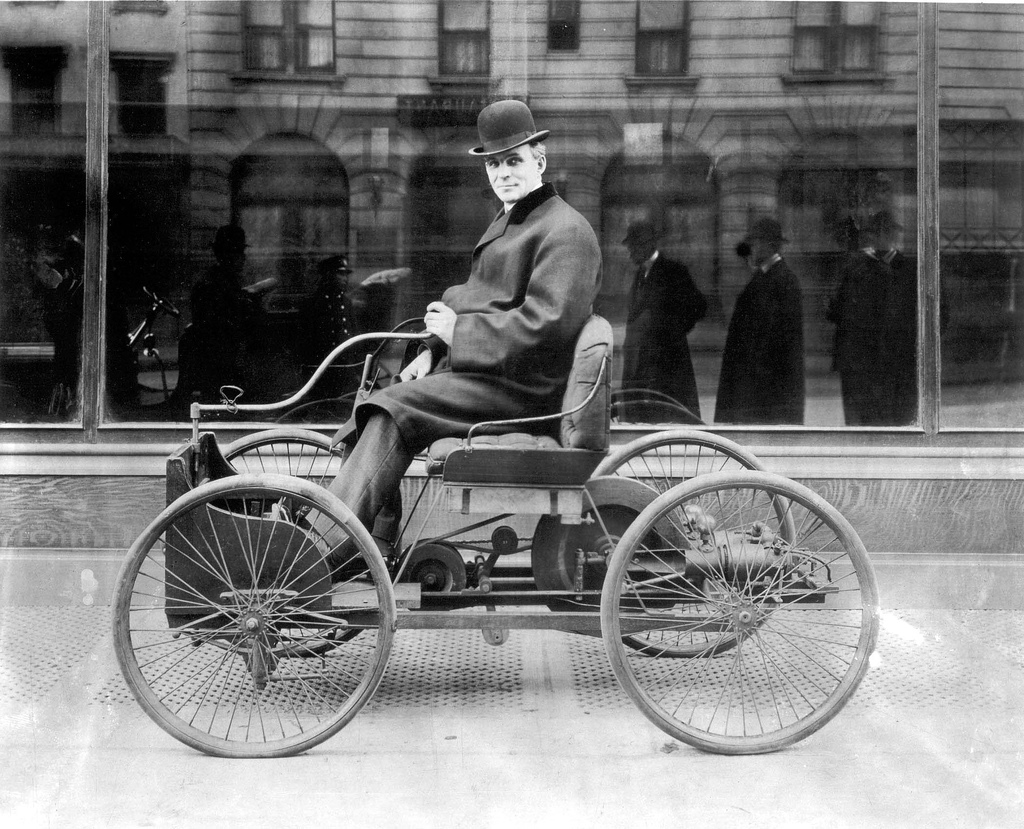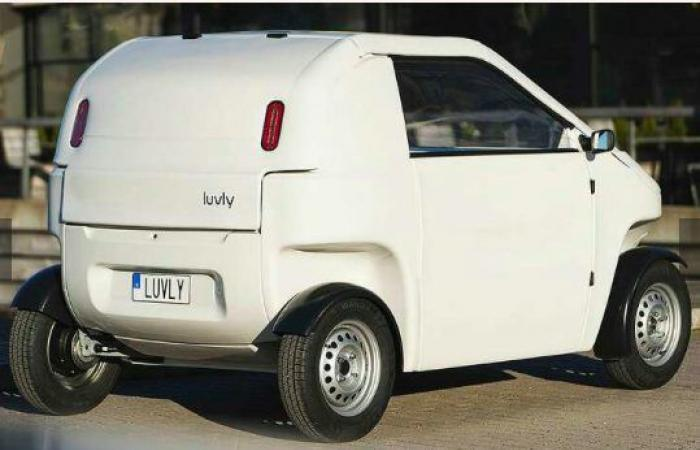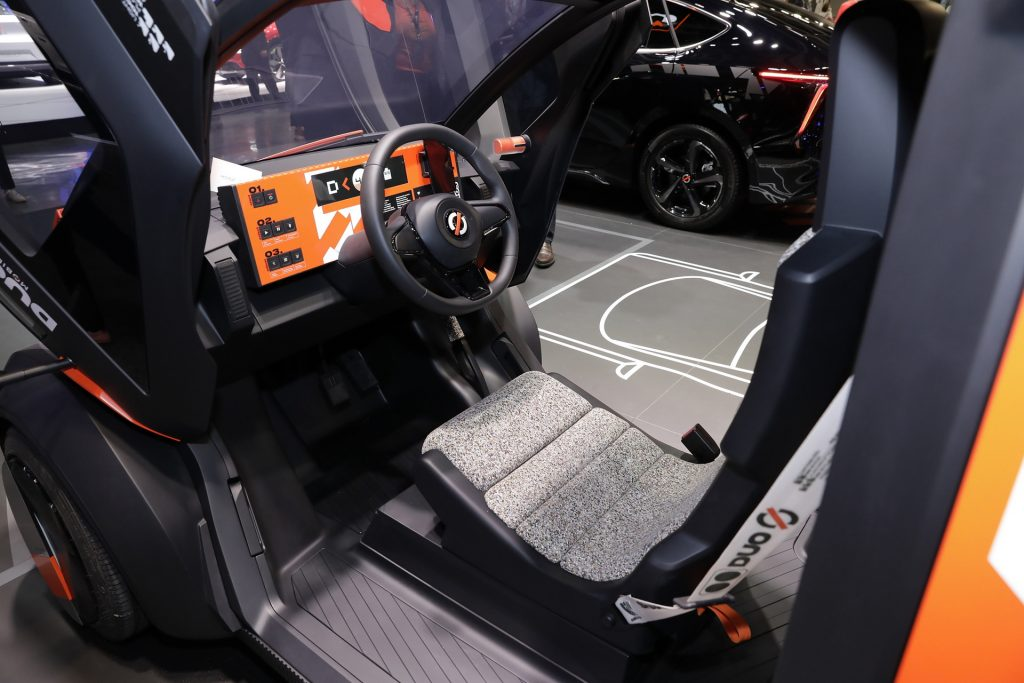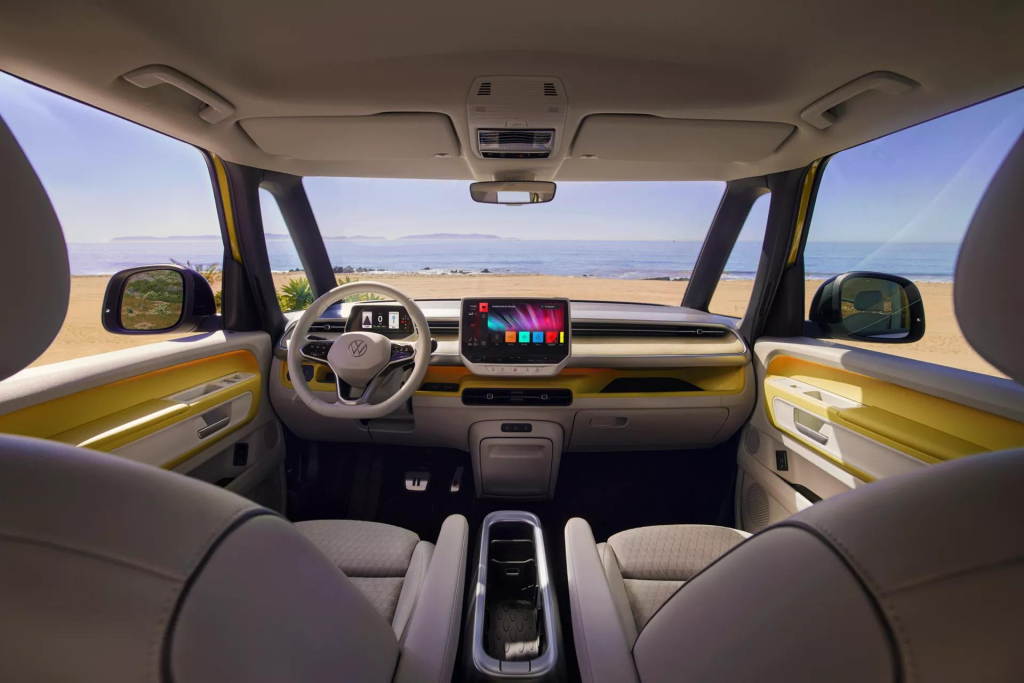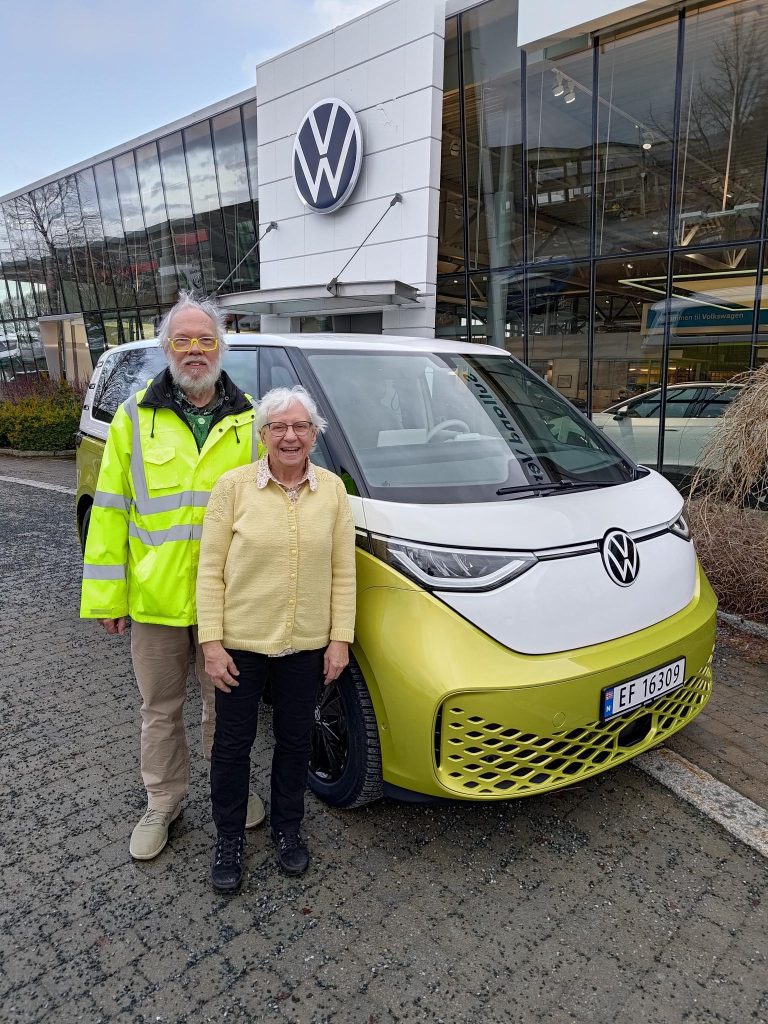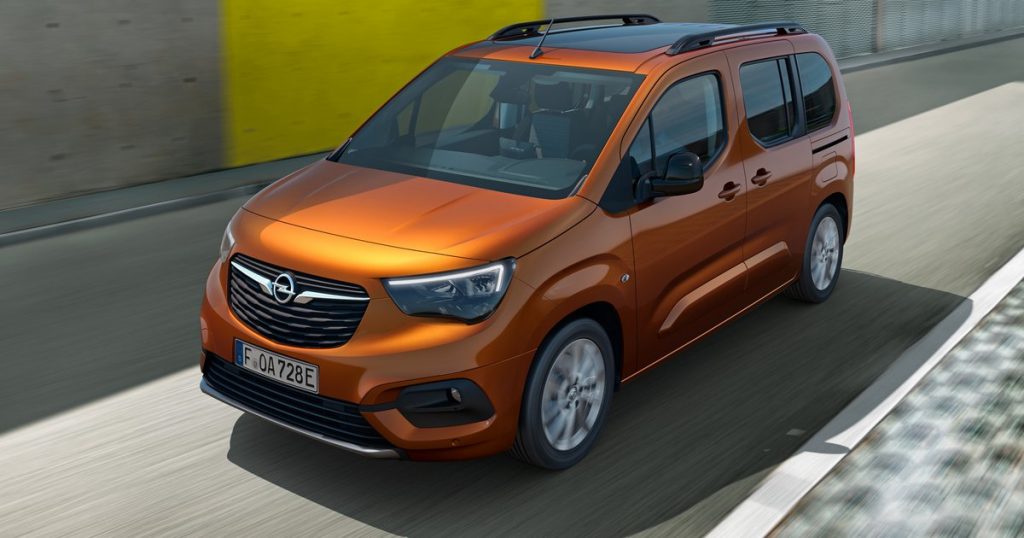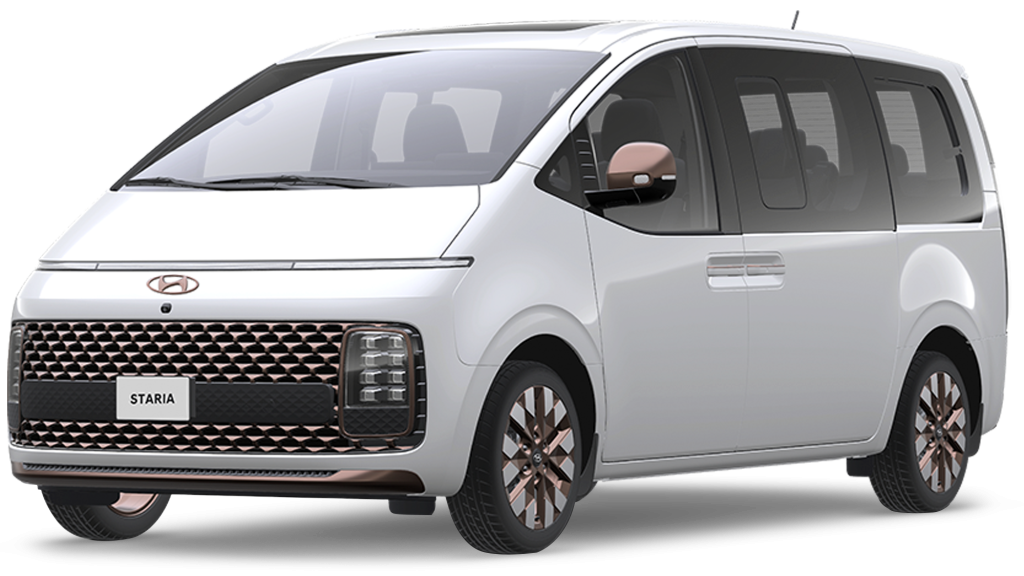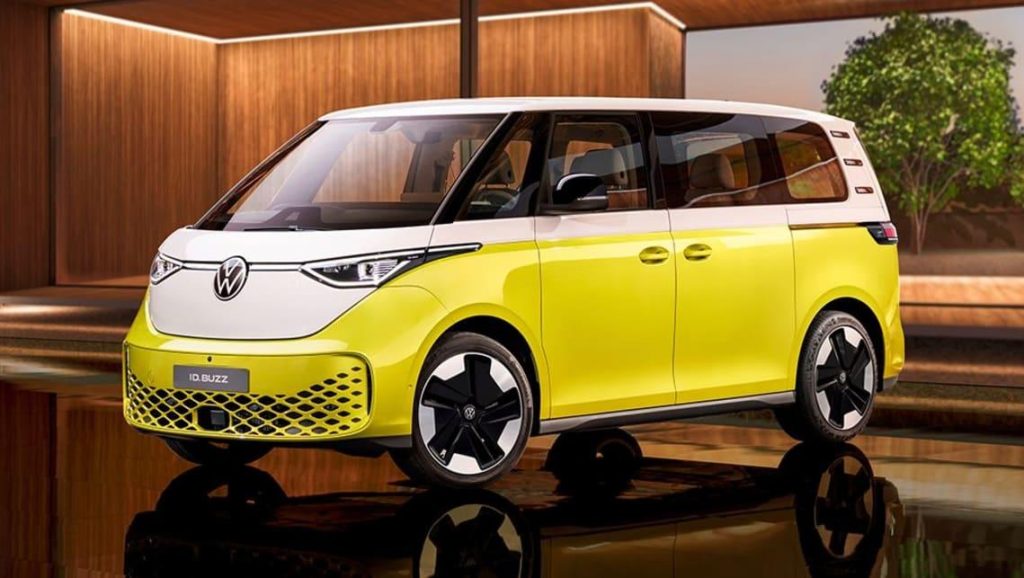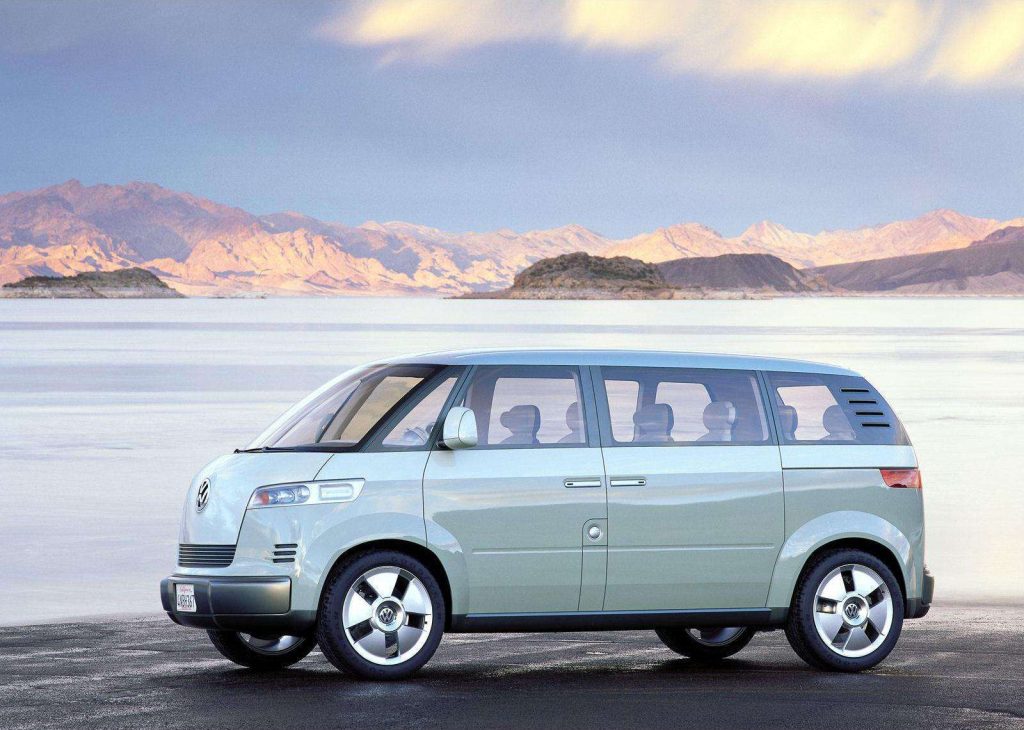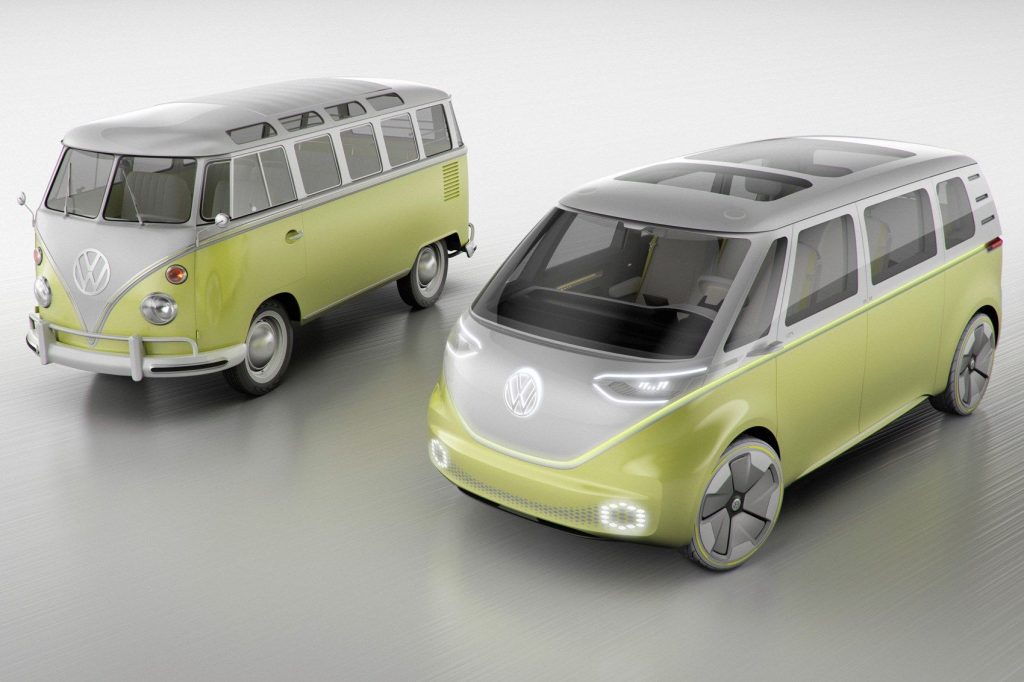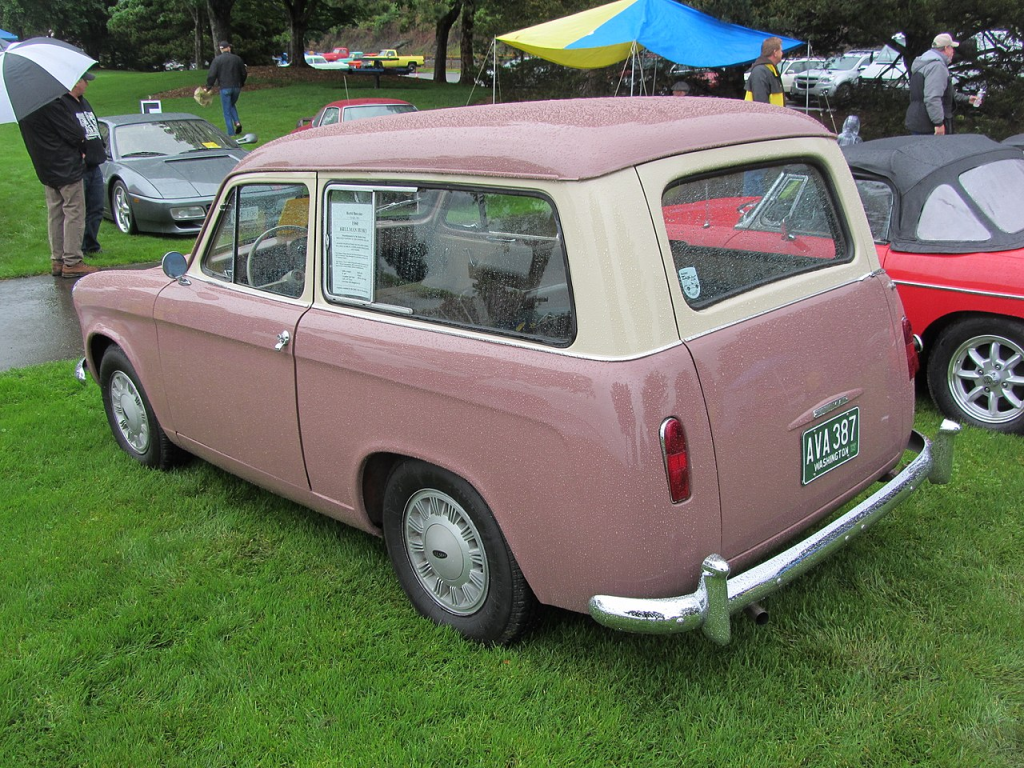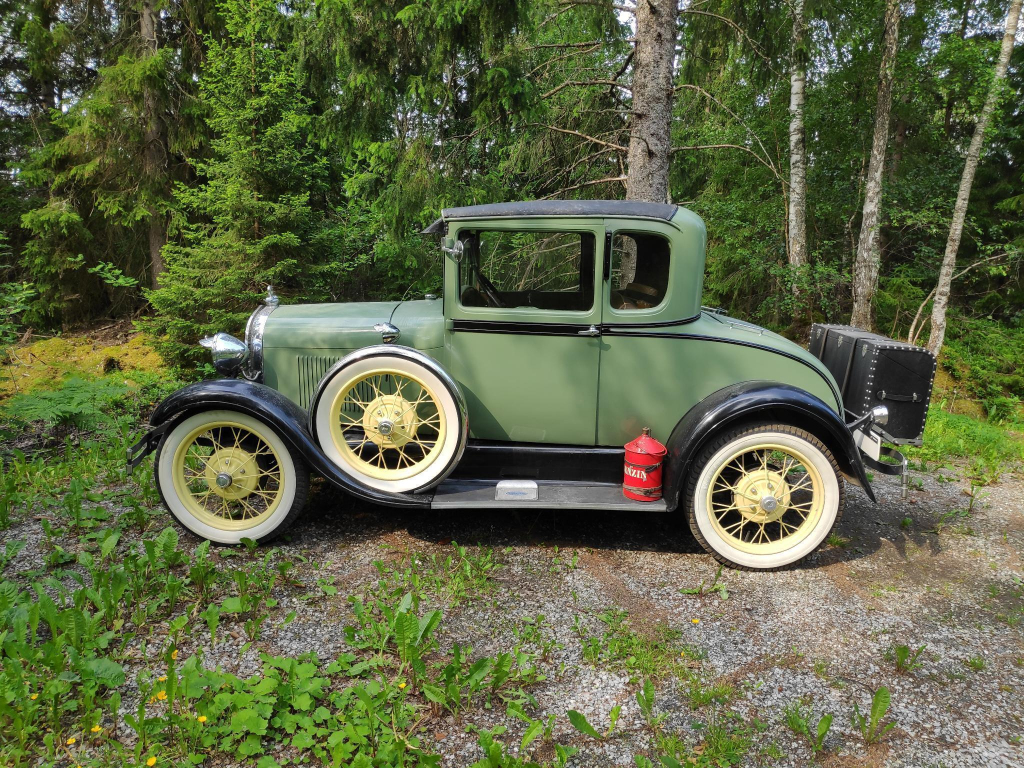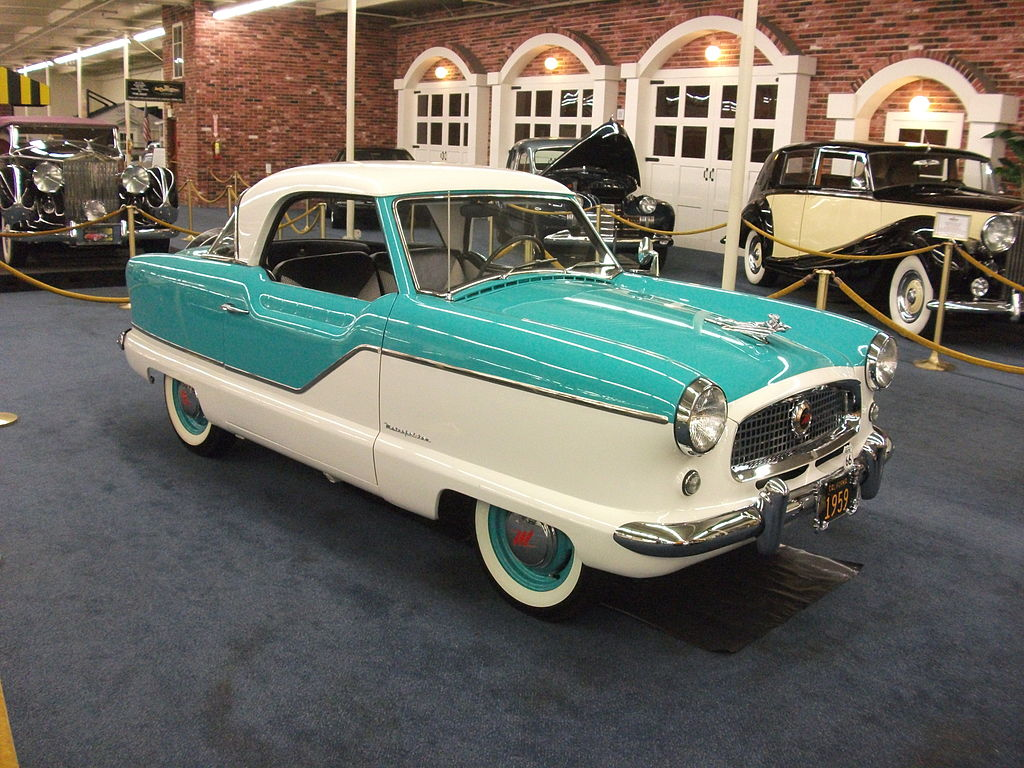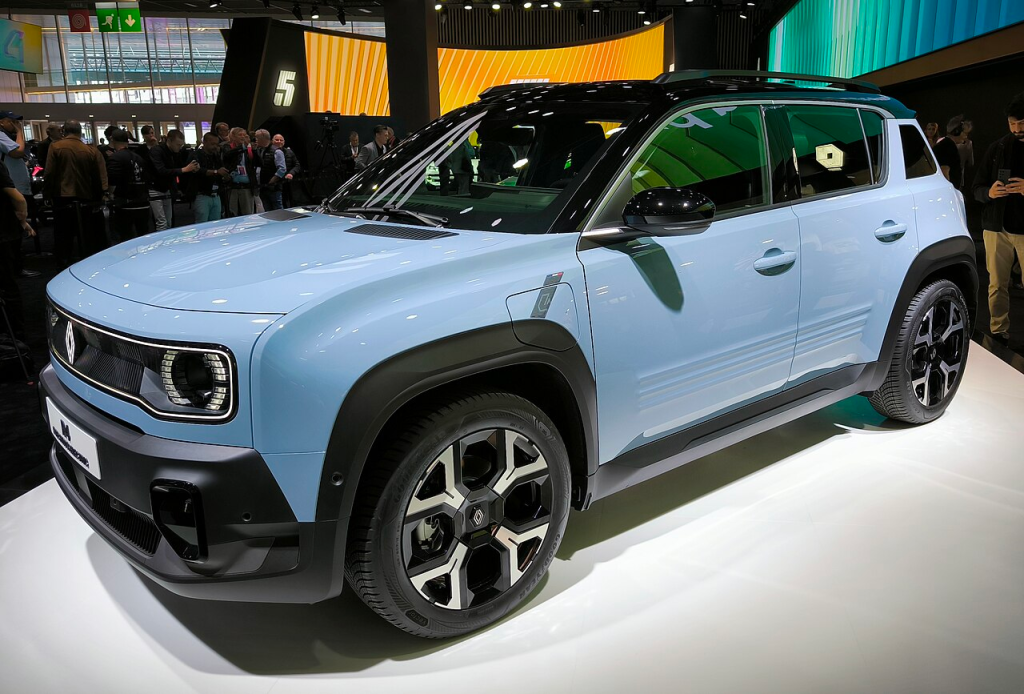
This post was published on the second anniversary of acquiring Buzz, our Volkswagen electric minivan = 2025-02-13.
I note that automotive original equipment manufacturers (OEMs), such as VW, GM, Ford and many others, but especially Stellantis, are doing little to promote inexpensive electric vehicles, on dedicated EV platforms. Stellantis wants the flexibility to drop a random power plant (gasoline, diesel, hybid, electric) into an engine bay. All of these OEMs have been prioritizing dedicated EVs for people with high incomes, and are begging authorities to delay mandatory production percentage goals, while our planet – the only one we have – is boiling, at least figuratively.
Another trend that I notice, is that OEMs want to upgrade features, by making them available on a subscription basis. For example, on 2025-02-10, /. (slashdot.org) reported that Stellantis had introduced full-screen pop-up ads on Jeep infotainment systems, for Mopar’s extended warranty service. These ads appear every time the vehicle comes to a stop, for example at a red light. This means that drivers are now forced to manually close out ads just to access basic vehicle functions.
Recently, I read that VW was spending €60 billion to develop a new fossil-fueled engine, to be available in 2028. Yes, they are living in the past! They also have an agreement to sell some of their factories to Chinese OEMs. The German government reluctantly approved this. Reluctantly, because that would allow cars produced in these plants to be considered European, much like VWs produced in China are considered Chinese. However, if the government had not approved it, they would then have to pay a large sum to VW, as compensation. Yes, international agreements can be messy.
The two existing automotive OEMs that I appreciate the most are Renault and Volvo. Saab could have been on the list, except it was taken over by General Motors, then died. Renault and Volvo had a close relationship, including shared dealerships in Norway. This is no longer the situation. When both Volvo and Saab were Swedish owned, all their vehicles were suitable for Scandinavian roads. Police in Vail and Aspen, both ski resorts in Colorado, used Saab patrol cars from 1974 to 2005.
Sometimes, even a few Renault models ended up with appropriate characteristics for Scandinavia. That did not apply to all models, because they were also interesting in selling their vehicles in more southern climates.
Here are some American vehicle longevity estimates. The Environmental Protection Agency assumes a typical car is driven 24 Mm = 24 megameters = 24 000 km per year. According to the New York Times, in the 1960s and 1970s, the typical car reached its end of life around 160 Mm. Due, in part, to manufacturing improvements, by 2012 the typical car was estimated to last for 320 Mm. Junk Car Reapers estimates the average car in 2024 lasted almost 260 Mm. So there has been a decline. Junk Car Medics puts the average vehicle longevity at 16.58 years and almost 250 Mm. Daniel Bleakly, writing in The Driven in 2023, estimated that by 2030, ICE vehicles will only make it to 225 Mm while EVs will last 800 Mm. If this is true, then Buzz can expect a lifespan of 80 years, since for the past two years, he has gone less than 10 Mm a year.
I support a right to repair law, so that consumers are not at the mercy of OEMs, or their dealers. This would be aided if open source automotive computer systems were developed, capable of replacing proprietary systems. There are efforts to do this. Even OEMs want open source, because that would reduce their software investment costs. They just don’t want the public to have access to them. These two measures could free car/ truck/ tractor users from being serfs to their OEM overloads.
Fueling and charging
While petroleum product fueling stations provide for access to fuel tanks on three sides of an ICE vehicle, EVs are generally charged at home with a dedicated charger. The location of a charging port is a subject of discussion, with differing opinions. Most often the services of an electrician are needed to install a charger, so it can be expensive to change its placement. We ended up putting the charger near the front right of Buzz, when fronted into the carport. The charge port on Buzz is located at the right rear, as it is on most German cars. This charger location allows three of the most common charge port locations to be served. Only the left rear is difficult, and would probably require a vehicle to be backed in for charging. Some manufacturers, such as Renault, vary the charge port location with the model. For road trips another measure = DC charging, is needed.
In some forgotten source, I had read that the reason for the left rear location on a Tesla, has to do with it being the location most suitable for Elon Musk’s charger at the Bel Air house he rented while designing the Tesla Roadster. Many, should I add older?, drivers find backing into a charging stall difficult, but necessary because of the short leads at Tesla supercharger stations. Thus, some people maintain that a charging point on the front (but not in the middle) is ideal.
When we bought Buzz, it was being heralded as the ultimate family vehicle. We agree, that it has many characteristics families want, including space for five people and for luggage. However, it has a price that puts it out of the reach of families with young children. Families wanting to buy a new vehicle, may have to accept that they must survive with something more affordable. In addition, there are two dimensions that make this vehicle problematic for Norway: 1) its large width, and 2) its limited ground clearance. We were aware of the width when we put in our order, but not the ground clearance. In addition, it was first announced that it would come with a heat pump. We do not have a heat pump on our Buzz, and one is not available for aftermarket installation.
Buzz has the following specifications: length x width x height = 4 712 x 1 985 x 1 937, with a wheelbase = 2 938; ground clearance = 153 mm; curb weight/ mass = 2 459 kg; maximum power = 150 kw; maximum torque = 310 Nm; acceleration 0 – 100 km/h = 10.0 s; maximum speed = 145 km/h; wheels driven = rear wheel drive; battery capacity = 77 kWh with a theoretical range of 418 km; charge port = rear right; trunk space = 1 121 litres; towing capacity = 1 000 kg.
On 2025-01-22 at about 10:05, my assistance was requested. While Buzz had managed to back out of the carport, he refused to move forward with Trish driving. Sensors told him there was an obstacle. Initially, everything under him seemed fine, but he still refused to move. After I dislodged a small icicle growing underneath him, the warning disappeared, and Trish could head off to Straumen. Yes, a 10 cm long icicle disabled the vehicle. In terms of batteries and operating systems, I regard Buzz as a mule, a test bed to try out new components and systems, over a period of decades, possibly by several generations of owners.
Buzz is vastly different from the first car we purchased in Norway, Robin, a red 1986 Subaru Justy. length x width x height = 3 540 x 1 540 x 1 390, with a wheelbase = 2 280; ground clearance = 150 mm; curb weight/ mass = 670 kg. It was equipped with a 3-cylinder gasoline engine. Maximum power = 40 kw; maximum torque = 80 Nm; acceleration 0 – 100 km/h = 16.4 s; maximum speed = 150 km/h; wheels driven = front or all; fuel tank capacity = 35 litres with a range of 585 km; trunk space = 200 litres.
We used Robin when, with two young children, we travelled through Sweden and Denmark to Germany, Netherlands and Belgium and, in another direction, to England and Scotland. Yes, it was cramped, but Robin was all we could afford. Indeed, we had to borrow most of the purchase price from our bank, paying 17% interest! Somehow we survived. One of our secrets, learned in the days of high interest rates, was to prioritize living within our budget, and to become debt free as quickly as possible.
One of the things we learned with Robin, was that its 150 mm ground clearance, was an absolute minimum, given Norway’s road conditions, with lots of snow. At delivery, we were disappointed, but aware, that Buzz barely met this requirement, but concluded that we could avoid driving when driving conditions were unacceptable. This was not possible in our working years, when we were expected to show up for work. Over the seven years of owning Robin, we also learned that we didn’t need to have drive on all four wheels. From 1993 to 2023 = 30 years we survived with just front wheel drive. We quickly learned to accept that Buzz has rear wheel drive.
Our years of driving in Norway, taught us that, apart from ground clearance, the most important dimension is vehicle width, for that influences the roads people can drive on. We have been able to buy a wider car than otherwise because we made a decision to restrict some of the roads we would drive on.
When we looked at EVs back in 2022, we were mainly looking at vans, but also investigated various other vehicles to understand the market. This included driving a Renault Zöe. It was the most pleasant of the small cars we drove. The negative side was that a purchase of such a vehicle, would require us to keep our Mazda 5, in order to tow our utility trailer, used to transport building materials. In Norway, utility trailers are a common, cheap substitute for a pickup truck. The ground clearance on the Zöe was totally unacceptable.
Zöe specifications: Length x Width x Height = 4 087 x 1 730 x 1 562, with a wheelbase = 2 588; ground clearance = 120 mm; curb weight/ mass = 1 577 kg; maximum power = 50 kw; maximum torque = 245 Nm; acceleration 0 – 100 km/h = 9.5 s; maximum speed = 140 km/h; wheels driven = front; battery capacity = 52 kWh with a theoretical range of 386 km; charge port = front middle; trunk space = 338 litres; towing capacity = not permitted. The Zöe is now out of production, to be replaced by the Renault 5.
The parents of one of my friends were the first people to sell Datsun vehicles in Vancouver. In the years before Japanese manufacturers offered four wheel drive (4WD) vehicles, I knew people who modified these pickups trucks to 4WD for use in the British Columbia forest industry. Yes, Japanese manufacturers make good cars, but they have their challenges. With respect to Toyota, I liked their Yaris Verso, especially, but Trish found it awkward to shift gears. Toyota is better at making iterative changes, but finds it almost impossible to take revolutionary steps necessary to produce EVs. My mother always liked her Honda Civic, my sister liked her Subaru Outback. I considered a Nissan Evalia, when we bought the Mazda. I considered a Mitsubishi Lancer, when we bought a Volkswagen Golf.
There is no point in comparing the technical specification of internal combustion engine (ICE) vehicles with EVs. So here, these characteristics will just be ignored. What won’t be ignored is the fact that combustion is unhealthy, and noisy. Thus, I am puzzled by Dodge making an electric 2024 Charger Daytona, with a Fratzonic chambered exhaust = two speakers driven by a dedicated 600 W amplifier, mounted in a 42.5 litre enclosure hung under the back of the car = meaningless, excessive noise.
The rest of this weblog post will look at Renault’s upcoming EV lineup, to be made available in Norway. It consists of four vehicles. The place to begin when choosing a vehicle is with something small. If there is some reason why it is too small, then look for something larger. That said, the Twingo will not be offered in Norway. It is too small, but is suitable for more southerly, less wealthy markets. The same applies to the Mobilize Duo (2-seater tandem = one behind the other) and Bento (cargo) quadricycles made in Tangier, Morocco, that have replaced the Twizy, a 2-seater tandem quadricycle made in Valladolid, Spain (2012 – 2018), then in Busan, South Korea (2019 – 2023).
Unfortunately, I have been unable to find all of the specifications for Duo. Here is what I have been able to find: length x width x height = 2 430 x 1 300 x 1 640, with a wheelbase = ?; ground clearance = ? mm; curb weight/ mass = ? kg; maximum power = 7 kw; maximum torque = ? Nm; acceleration 0 – 30 km/h = 10.0 s; maximum speed (45) = 45 km/h (80) = 80 km/h; wheels driven = rear; battery capacity = 10.3 kWh with a theoretical range of 160 km (summer) 100 km (winter); charge port = front middle; trunk space = 300 litres; towing capacity = 0 = unavailable. In some places the 40 version can be driven by unlicenced people aged 14 and over. The 80 version generally requires a driving licence, with the person aged 18 and over. One cannot buy this vehicle outright. It appears to be only available on lease. Private persons can enter into agreements for 3 months and longer. Companies may have to have longer terms, one year or more.
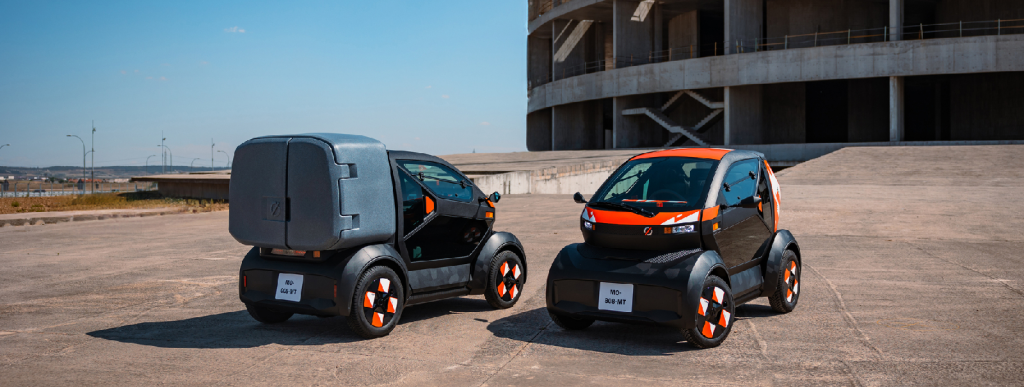
Many people enjoy hot hatches. Yes, a hot hatch EV can represent a minimalist solution to transportation nightmares. Cars have to fulfill multiple rolls. Small vehicles are more problematic, because there is less dedicated space for any particular role. At its most basic, an EV should be small enough to be comfortably driven in cities with narrow streets, yet hot = powerful enough for highway driving. In Norway, one can add over mountain passes, to that last sentence. Minimal storage space requirements is a weeks worth of groceries. We have owned a couple of cold = underpowered hatches that have been inappropriate to drive, and I would not encourage anyone to take that pathway. The best example of a cold hatch in the EV world is the Dacia Spring. Fortunately, most modern EVs can accelerate faster than muscle cars could in the 1960s, despite having their maximum speed controlled.
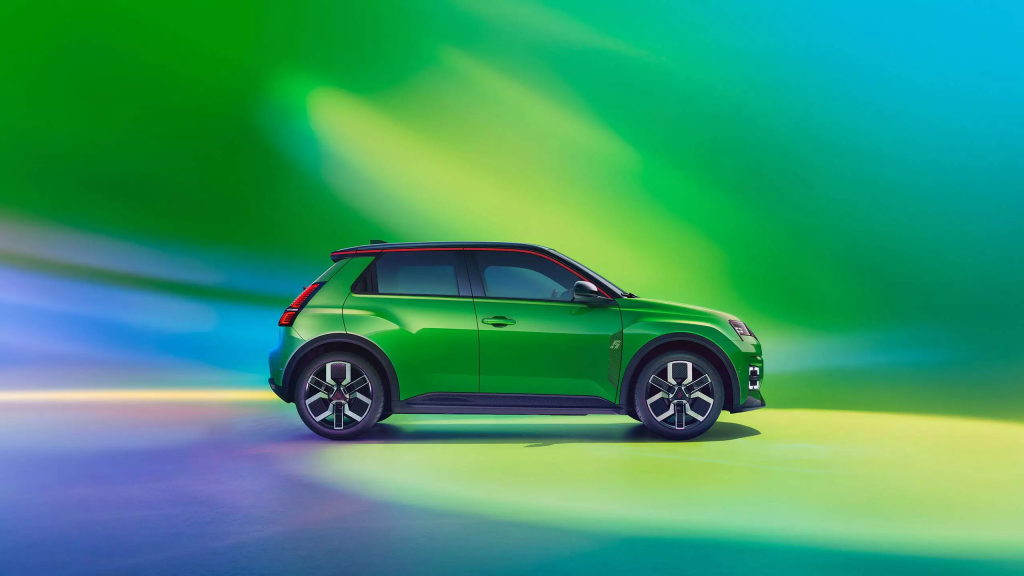
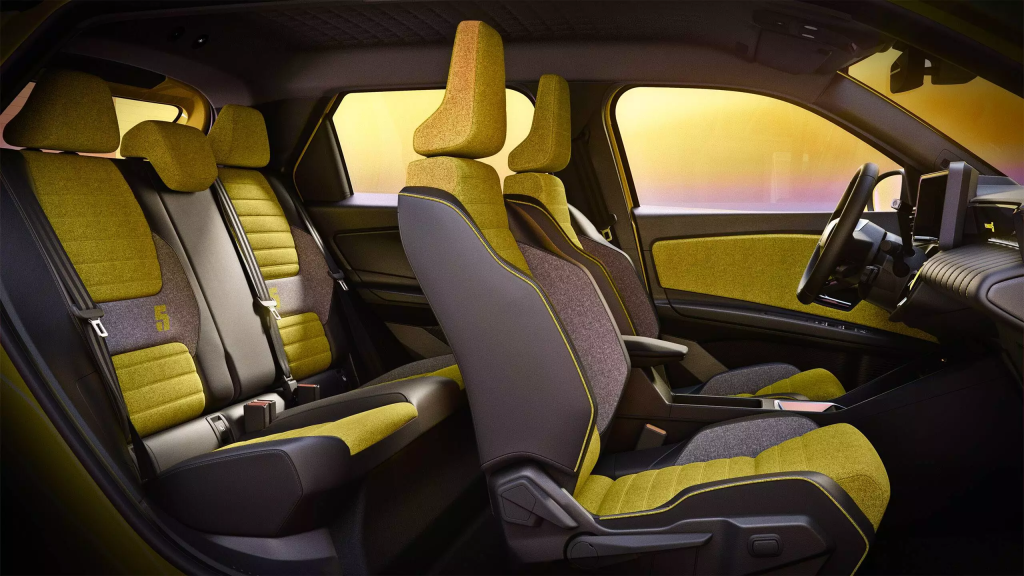
When we looked at EVs back in 2022, one of the smallest vehicles that appealed in snowless May was the Renault Zöe. This has been replaced with the Renault 5. Its dimensions length x width x height = 3 930 x 1 770 x 1 550, with a wheelbase = 2 540; curb weight/ mass = 1350 – 1450 kg; maximum power = 90/ 110 kw; maximum torque = 225/ 245 Nm; acceleration 0 – 100 km/h = 9.0/ 8.0 s; maximum speed = 140/ 150 km/h; wheels driven = front; battery capacity = 40 kWh/ 52kWh with a range of 300/ 410 km, respectively; trunk space = 326 litres. Storage space of 300 litres is a minimum for carrying a week’s worth of groceries. Three disappointment with this vehicle are: 1) its 500 kg towing capacity, 2) 145 mm ground clearance and – more importantly – 3) its 4-star Euro NCAP test results.
We also looked at a Renault Megane in 2022, which was larger and more expensive than the Zöe, However, it is totally unsuitable in 2025. Its dimensions length x width x height = 4 210 x 1 780 x 1 500, with a wheelbase = 2 700; ground clearance = 128 mm; curb weight/ mass = 1650 kg; maximum power = 96 kw; maximum torque = 250 Nm; acceleration 0 – 100 km/h = 10.0 s (the same as Buzz); maximum speed = 150 km/h; wheels driven = front; battery capacity = 40 k with a range of 298 km; charge port = front left; trunk space = 440 litres. Again, the Megane can only tow 500 kg, There are so many characteristics that make this model unsuitable for families.
Back in 1996, Alasdair encouraged me to test drive a Renault Scenic, when it first appeared. He was interested in getting some sort of premium to be awarded to people who test drove the vehicle. If I remember correctly, despite being the first people to test drive one, the local Renault dealer did not have any of these premiums to give away. So we met with false advertising, an important lesson.
Original Renault Scenic ICE version: Length x Width x Height = 4 168 mm x 1 719 x 1 609 mm, and a wheelbase of 2 580 mm, the original Scenic was much smaller than the Mazda 5. The new Renault Scenic EV version is still smaller than the Mazda 5, but closer in size, with length x width x height = 4 470 x 1 964 x 1 571 with a wheelbase of 2 785 mm; ground clearance = 121 mm; curb weight/ mass = 1727 kg; maximum power = 125 kw; maximum torque = 280 Nm; acceleration 0 – 100 km/h = 8.6 s; maximum speed = 150 km/h; wheels driven = front; battery capacity = 60 kWh with a range of 430 km, respectively; charge port = front left; trunk space = 545 litres. It can tow 1 100 kg, making it 100 kg better than the VW Buzz, but 100 kg worse than the Mazda 5. The Renault Scenic E-Tech has 5-stars in the Euro-NCAP, and won the award for European Car of the Year 2024. However, like the other Renault EVs, it has minimal ground clearance.
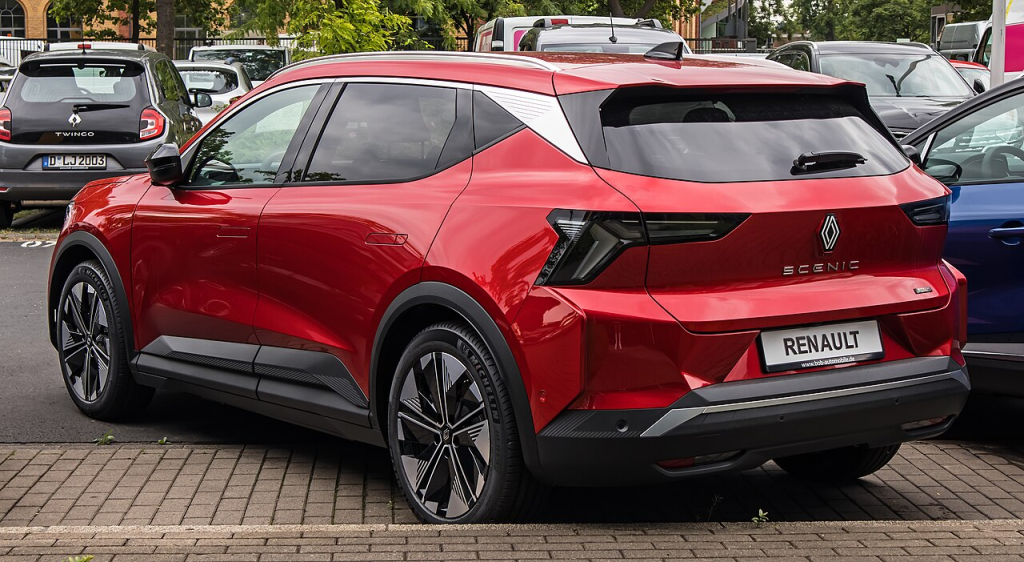
When we lived in Molde, 1980 – 1985, we knew two families who owned Renault 4s. We even borrowed one of them to go on our first automotive holiday in Norway! From my perspective the Renault 4 seemed to be more in harmony with the Norwegian spirit and values than the hot hatch Renault 5. That applied then, and it applies now. Here are the specifications for the new Renault 4 (with differences from the new Renault 5): length x width x height = 4 140 (+210) x 1 800 (+30) x 1 570 (+20), with a wheelbase = 2 620 (+80); = 181 mm ; curb weight/ mass = ?; maximum power = 100 kw; maximum torque = 245 Nm; acceleration 0 – 100 km/h = 8.5 s; maximum speed = 150 km/h; wheels driven = front; battery capacity = 52kWh with a range of 400 km, respectively; charge port = front left; trunk space = 420 litres.
As I was writing this weblog post, I came across an article in the Norwegian automotive magazine, Motor, which began (translated into English): PARIS (Motor): The car [referring to a Renault 4] completes a renewal of the Renault portfolio that has happened at an astonishing pace under the Italian boss, Luca de Meo.
“I would say we now have the best model range that Renault has presented in more than 30 years. This year has been rock’n’roll for us, with a new model every month, and now we are releasing the fireworks with four launches this month”, [de Meo] said when he opened the Renault stand at the Paris show on [2024-10-14].
Only one of the four is relevant for Norway. And that is the Renault 4. (end of quotation) The photo below will explain why.


I understand what the journalist is referring to. The Renault 4 is appropriate for Norway, and roads where snow does not get removed as quickly as possible. It has a ground clearance that exceeds my mental minimum = 160 mm. It also has a towing capacity of 750 kg.
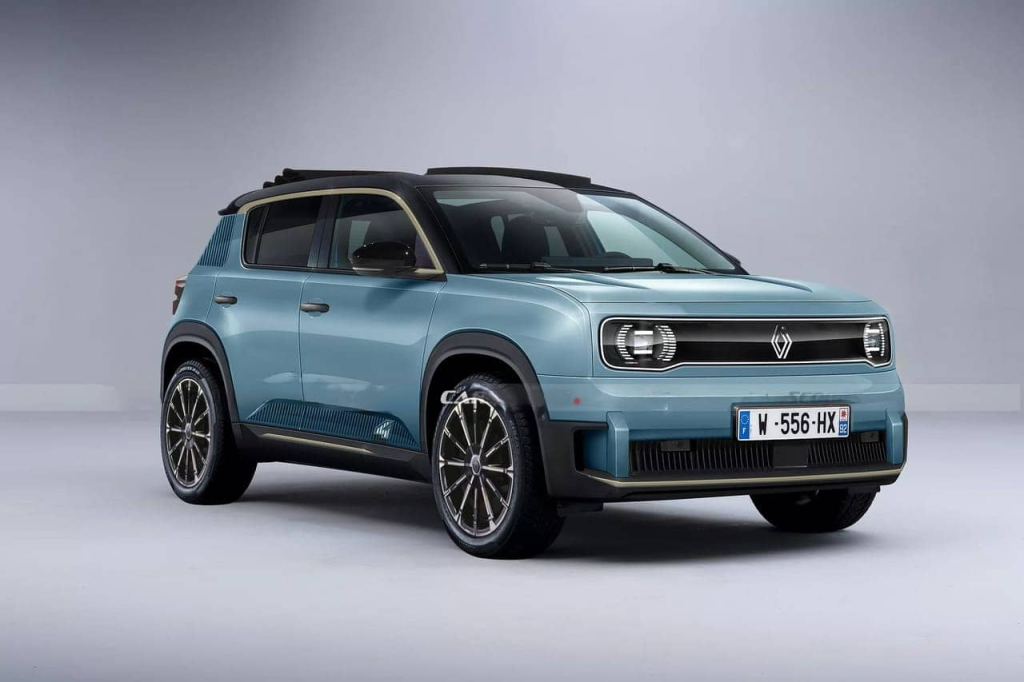
While I am happy with Buzz, I am less happy with Volkswagen. Trish often compares Buzz with previous vehicles, such as the Mazda 5, that could drive 1 Mm = 1 000 km between fuelings. Buzz offers less than 400 km. A 250% increase, or even doubling of the current range = 1 000 or 800 km, should be a realistic goal in the next ten years. I see no need for a larger range than that.
Currently, we have absolutely no plans to purchase another EV. Buzz is a sunk cost. I encourage the people who inherit it from us to upgrade it regularly at, say, ten year intervals. New batteries will be developed, and equipped with heat pumps. Sodium based batteries, while being heavier in terms of their power/ mass ratio, appear to operate better in cold weather, compared to lithium based batteries.
Once the ability to have Volkswagen pay for anything expires (such as after 8 years for batteries), I hope the owners of Buzz, will be able to comoditize the vehicle, so that it conforms to their needs. This is a task for the upcoming generations, not an old man.



